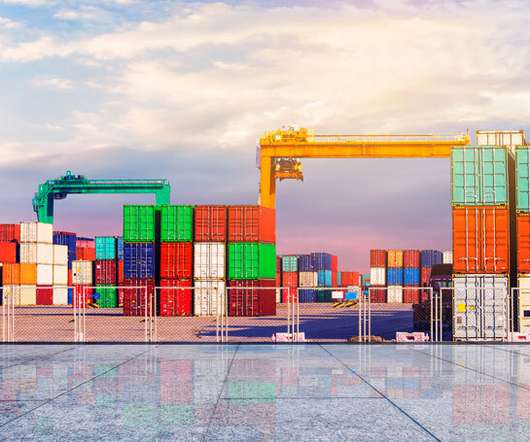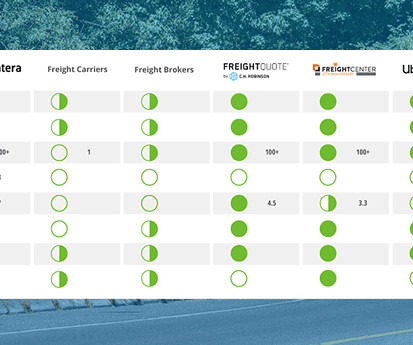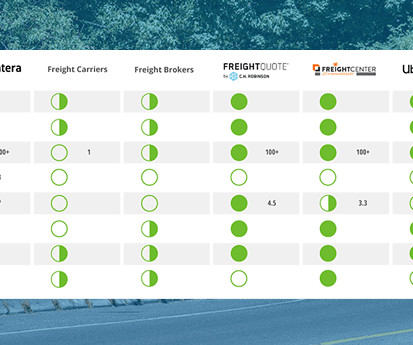The path to recovery from COVID-19 – LogiSYM August 2020
The Logistics & Supply Chain Management Society
AUGUST 20, 2020
The first half of 2020 has been a rollercoaster ride for global and regional e-commerce logistics, setting off supply and demand shocks throughout the industry. Data collected from billions of parcels over the last 5 years, allows us to analyze changes in the e-commerce delivery ecosystem. We see three major impacts from COVID-19: 1.


























Let's personalize your content